MYSTERY OF THE MUMMY BIRD MEETS SCIENCE SUNDAY: Wow! This post has it all: ancient history, mummy mystery, medical technology, stunning images and videos, and finally…a musical offering of heavy metal. Well done, Dr. Chad and thanks for this wonderful contribution. If you don’t have ScienceSunday in your circles, you’re missing out 🙂
As an aside, I’ve just joined the ScienceSunday team of Allison Sekuler and Robby Bowles in bringing more science goodness to you, not just on Sundays but Everyday. Be sure to tag us on your science posts to be absolutely sure that we don’t miss them. Thanks, and keep them coming!
Originally shared by Chad Haney
Eye of Horus
OK so this post isn’t really about the eye of Horus, which is an Egyptian symbol of protection and good health. It’s about the sclerotic ring of birds, a mummified bird in this case. In collaboration with Rozenn Bailleul-Lesuer of the Oriental Institute, Dr. Charles Pelizzari in Radiation & Cellular Oncology at the University of Chicago, and Dr. Christian Wietholt of Visage, Inc., Rozenn wanted to identify the mummy bird without taking its wrappings off. Since some human mummies have been imaged with x-ray computed tomography (CT), she brought the bird for me to image with our microCT. The images below have voxel size of about 150 microns. Although some clinical scanners can achieve 200 microns, it is with a 1 mm slice thickness. Whereas the microCT used here is isotropic, i.e., 150 microns in all 3 directions.
Sclerotic Ring
The first image below clearly demonstrates the sclerotic ring, which is an array of overlapping bones around the eye. From the Wiki (http://goo.gl/3J4al) they are believed to have a role in supporting the eye, especially in animals whose eyes are not spherical, or which live underwater. You can read more about bird vision here (http://goo.gl/VgtLi). Not knowing bird anatomy, Dr. Pelizzari and eye speculated that the sclerotic ring might be some type of ornament or lead-based decoration. Rozenn explained that it was part of the birds anatomy, i.e., it is a sclerotic ring. The second image below from M. Hall, demonstrates how measuring the sclerotic ring can help identify the bird’s species. In the article several measurements are tabulated (http://goo.gl/lJZ7X). Rozenn and her colleagues believe our little mummy bird is a kestrel.
Medical Imaging
Last Sunday Rajini Rao and I discussed the Visible Human project (http://goo.gl/cv2xU). In my post I mentioned that the software and technology that was generated by the project is useful for more than just visualizing the data from the sliced humans. In this post I demonstrate with my pal Christian Wietholt how the same technology from the Visible Human project can be used to render the microCT data in a way that makes it easier to identify the bird species. Amira from Visage, Inc. was used by Christian Wietholt and me to segment the images so that we could strip away the CT bed it was imaged on and the tape used to hold it. The mummy linens were also segmented. Only then, the exquisite detail is visualized. The first video slices in a sagittal direction while the last video slices the bird in the coronal direction. These virtual slices are in stark contrast to the analog slices GE provided to emphasize the huge advantage medical imaging provides (http://goo.gl/hBdPH).
We imaged other mummified birds with a clinical scanner as they were too big for the microCT. Please come see the exhibit in October at the Oriental Institute at the University of Chicago. You’ll be able to see more videos and the actual mummies on display. More information will be added here when it becomes available or you can check their website: http://oi.uchicago.edu/
I leave you with Powerslave by Iron Maiden
Powerslave
Into the abyss I’ll fall, the Eye of Horus
Into the eyes of the night, watching me go
Green is the cat’s eye that glows, in this temple
Enter the risen Osiris, risen again.
Enjoy ScienceSunday curated by (Allison Sekuler , Robby Bowles ,and Rajini Rao )
#sciencesunday #scienceeveryday

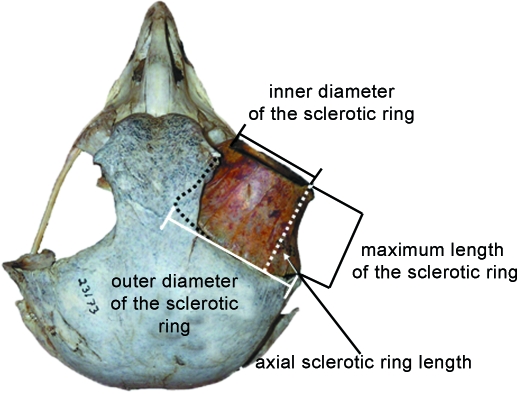
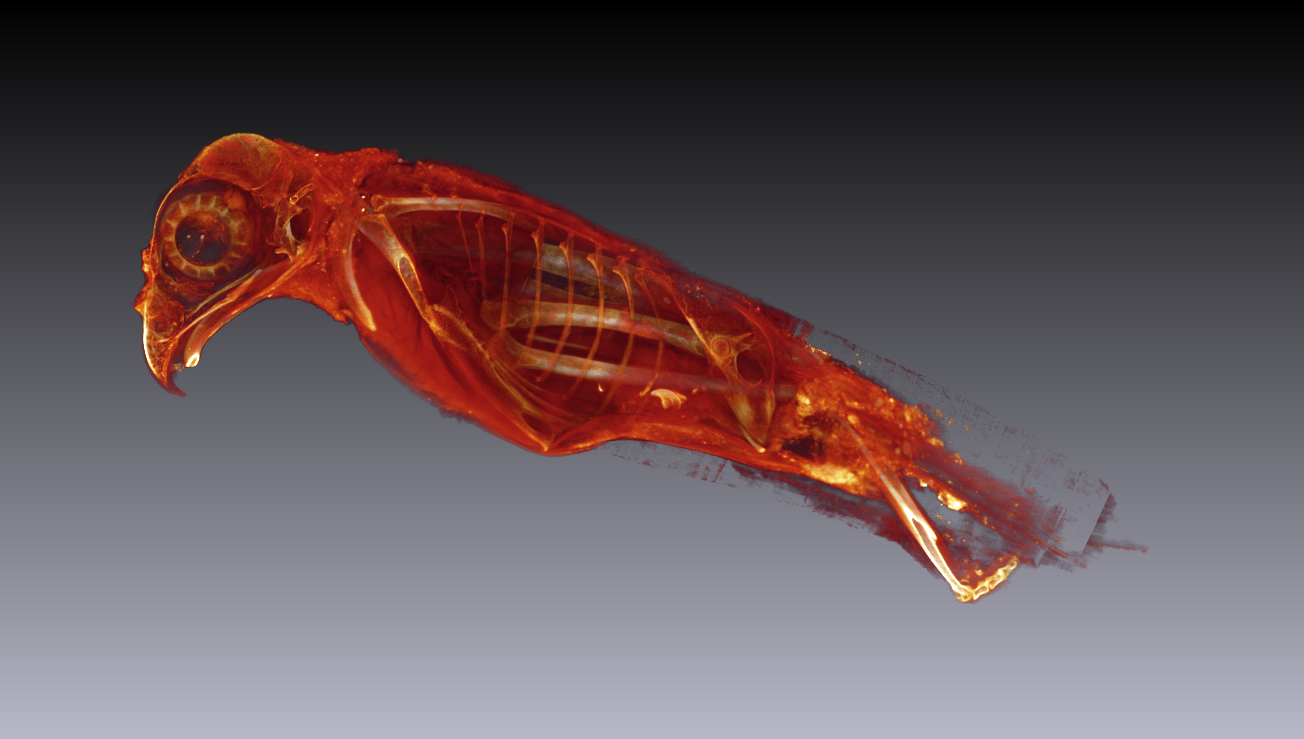
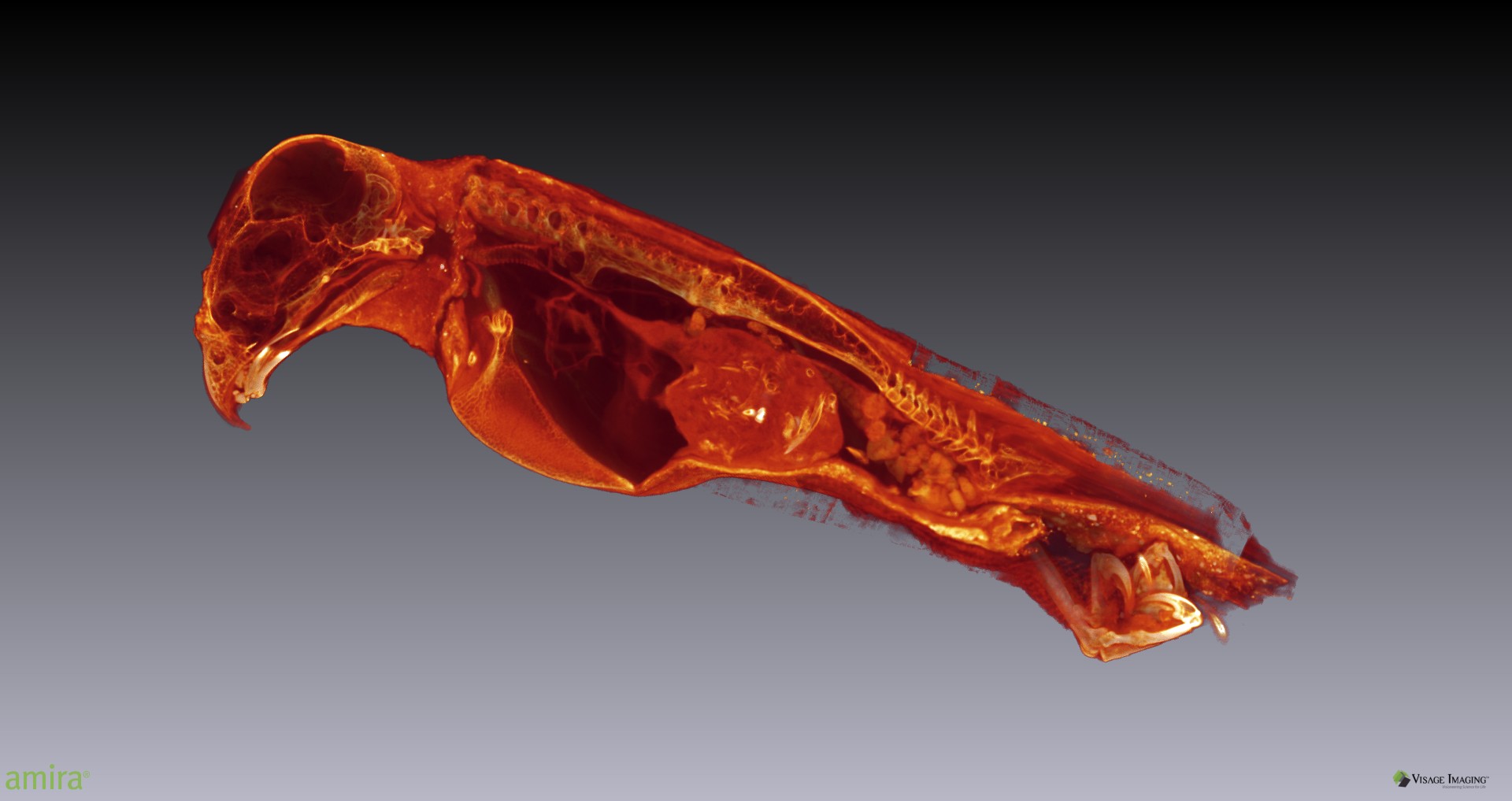
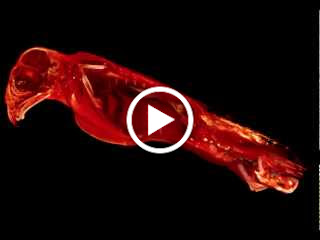
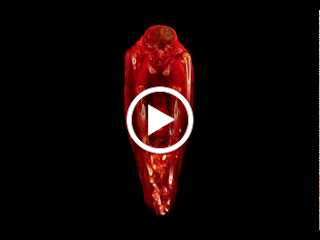

Quite interesting! Thanks for sharing Rajini Rao
You’re welcome, Deeksha Tare . I’ve been busy with ScienceSunday curating today, and took the pleasant route of sharing Dr. Chad’s impressive post 🙂
It is indeed a very scientific sunday today, thanks to you Rajini Rao ! Have been reading all your posts!
And hey, how exactly do I tag Science sunday in my science related posts?
Deeksha Tare , do one or more of the following: #sciencesunday somewhere in the main body of your post, and post to ScienceSunday and one or more of the curators (such as myself) in addition to Public. You can also mention us in the body of the text if you prefer. Remember that we cannot share a limited posting to public. Let me know if you have questions, thanks!
Thanks Rajini Rao 🙂
I’d definitely try that the next time. Have a great day ahead
(though the day is almost over out here!)
That’s awesome, Martin Sacha . Very cool work by G+’s MRI specialist, Chad Haney 🙂
I would cut/paste the header from mine and add to the text box that appears when you share this post. Let me know if that works, I’ve done it.
I agree, there should be an option to reshare with header.
So glad to have you on board Rajini Rao!
This post is on What’s Hot and #sciencesunday is trending Allison Sekuler !!
Yeah!
Never though i’d live to see this day…The community totally did it! ScienceSunday is now bigger than caturday! (almost ;p)
Good job everybody! ^^
I still recall what you promised me when that ATP synthase post I made for ScienceSunday went on What’s Hot, Koen De Paus 😉
I honestly don’t think we could have pulled it off without you, at least not on this timescale. Your posts are real heavyweights that regularly manage to draw in large crowds. You’ve got that magic touch that makes things go viral. 🙂
Big thanks to Allison Sekuler & Robby Bowles as well for putting this initiative on the map and investing so much work and time into curation. Not to forget Rich Pollett, Cliff Harvey, Tom Eigelsbach and so many others for keeping at it and producing quality content week after week after week. Thanks all! My faith in humanity is being restored. 🙂
And thanks to Rajini Rao who officially joined us as a co-curator this week and did so much of the work that got us there today 🙂
We have an awesome Science community here, Koen De Paus ! I wouldn’t have stayed without the interest and response from our fellow scientists. Where else can I get two lucid definitions of a Schwarzchild radius in response to a casual question relating to a Schrödinger cat cartoon? Last night, because we were under heavy cloud cover, I listened in on Pamela Gay ‘s hangout with live lunar views from a telescope, thanks to Scott Lewis . If you hadn’t egged me on to do the ScienceSunday stuff way back when I joined G+, I wouldn’t be having so much fun.
Because promoting science on G+ is important to me, I keep a list of ideas for ScienceSunday and let them ferment. When they’re ripe, like the mummy bird post, I’m thrilled when Allison Sekuler Robby Bowles or Rajini Rao re-shares them for ScienceSunday. I think we should also thank Chris Robinson along with the others mentioned above. All of you make science great on G+ and keep the science community active. I’m happy to drag along on your coattails.
Thanks for your support and contributions Chad Haney 🙂
Great post, Chad Haney! Thanks for the kind words.
Great post…….but why would one make mummies of birds….probably this one was a pet of a pharoh
Sudhanshu Pathania I’m a medical imaging specialist so I can’t say. The Egyptology student I’m working with tells me that several types of birds were mummified. The exhibit will have ibises and the kestrel shown here. For sure some were mummified as “food” for the after life. Some were mummified as either pets or “idols” of the gods. I can find out more.
Well ceternly it dosen’t look very delicious…ny ways thanks +Chad Haney for the valuable information and try to find more about it…
finch wench had an earlier post on mummified ibises, a fascinating read to be found here: http://goo.gl/GIOEc
Check it out, folks!
Here’s the update and we do have mummified ibises, three I think. One of them is superbly preserved and wrapped.
http://goo.gl/DA2oN